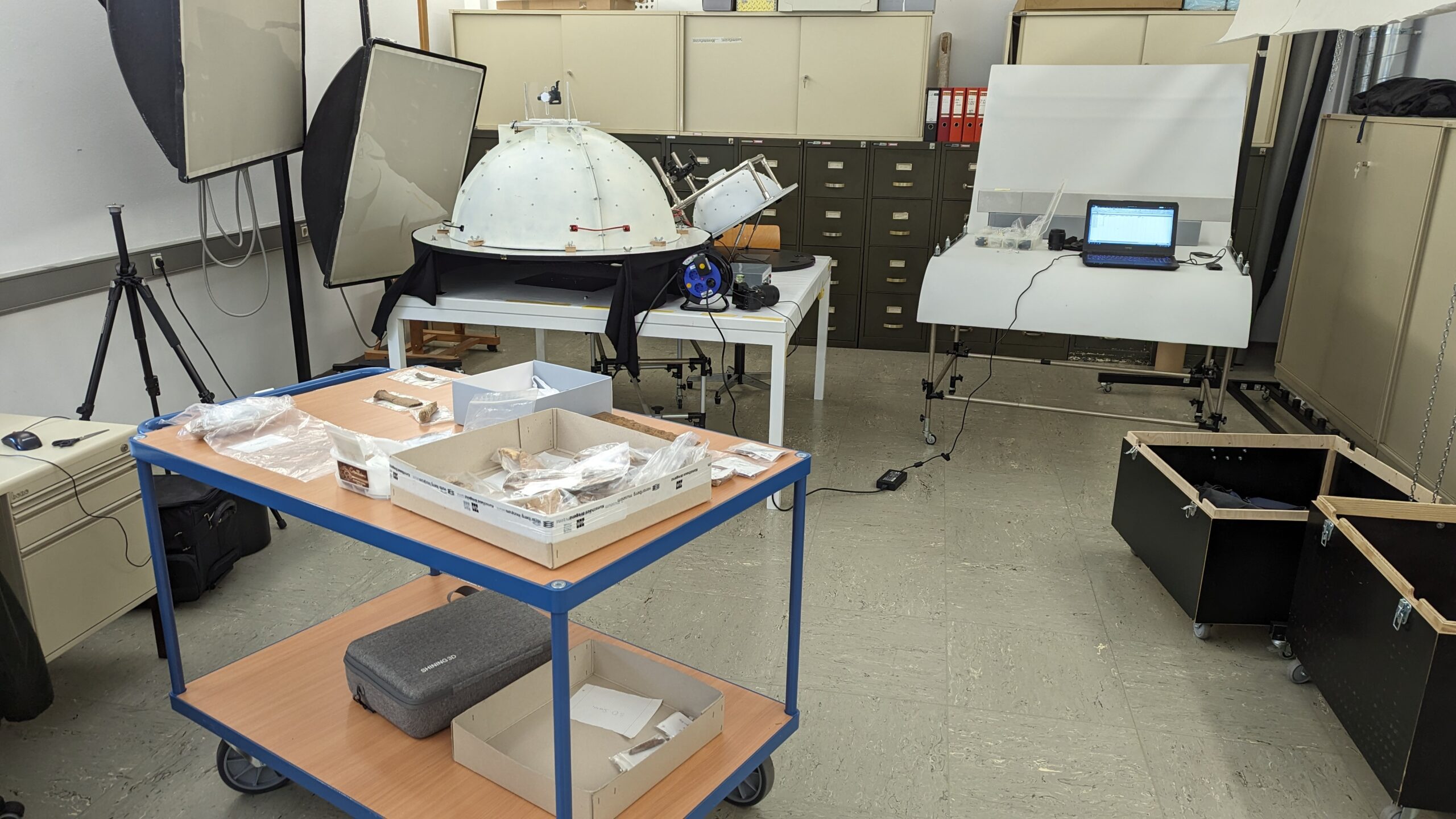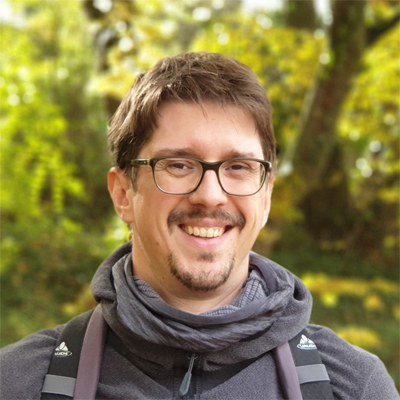Meet and Greet: Doing RTI in Austria
Last week I was at another project meeting in Bregenz, Austria. I was there to collect some more data for the Meet and Greet project that I am currently involved in. This time, I scanned a bunch of animal bones from excavations in Austria to evaluate the benefits of Reflectance Transformation Imaging (RTI). The results are not in yet, but it was a fun experience.
What did I do?
So part of the project is the research on animal bones. These bones got discarded after butchering the animal for food consumption. These bones are no trash however, as they show clear signs of cutting and hacking. Most of these marks are visible by the naked eye, but some are very delicate and need further investigation. This is where RTI comes in.
As I have written before, RTI is perfect for making small things visible and this is what we tried here. Together with the responsible researcher, Benjamin Siechert, I scanned interesting parts of these bones with our RTI domes. I brought both domes with me (100cm and 50cm in diameter) and a camera with a 50mm and a 105mm lens. With this equipment I was able to create a wide range of photographs
Why did I scan bones?

As said before, the markings on the bones are of interest and as I am constantly trying to find new material on which I can test the RTI technology, bones were a very interesting subject. One of my goals as a researcher is to utilize this technology more and find ways to improve it. In that regard, I always need data and am always happy, if researchers share their material with me.
What to expect from the scans?
I am not really sure. The photos look pretty good, but it all depends on the RTI images (that first need post-processing) and if the specialist (Benjamin) can do more with RTI than he could do without. For me personally it is interesting to see what limitations my gear has and how to improve it for further research. For example, I am thinking about creating an even smaller dome for micro-RTI, that could have been handy this time already. Let’s say it is a journey.
By the way, if you are reading this and have interesting archaeological or historical material for me to scan, chances are I will be interested. Just let me know via the Contact Form.







